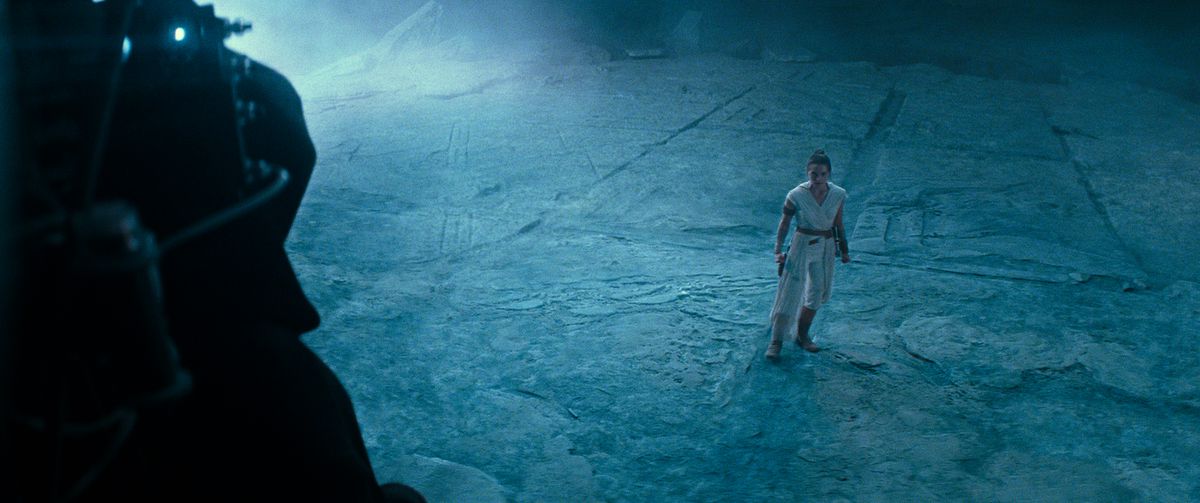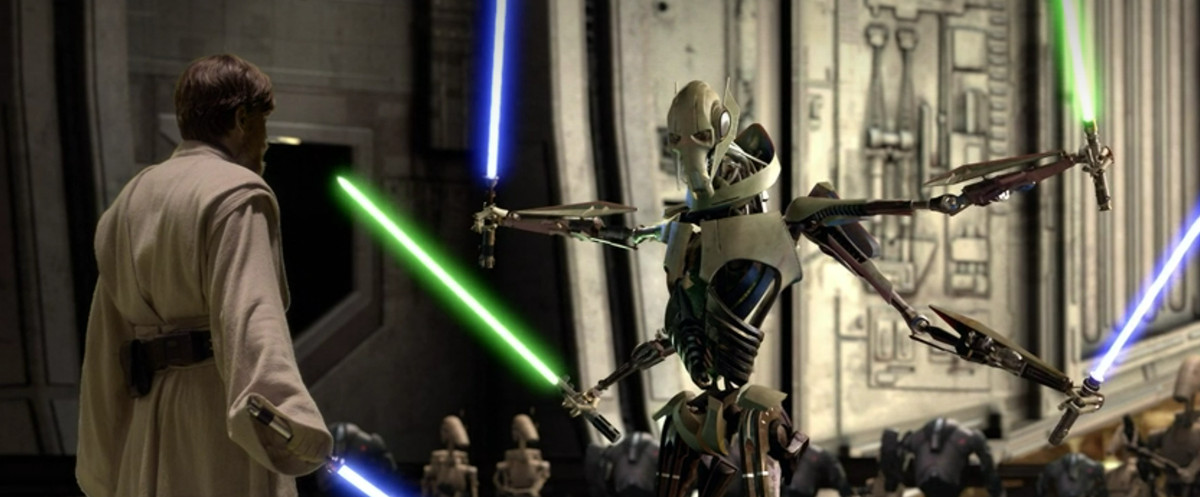Is Star Wars: The Acolyte just an extended Force choke origin story?
Star Wars and its fans have long been obsessed with explaining all the little details of the universe and connecting every story to the one we know. At first it seemed that way The acolyte“The High Republic setting may have saved us from the series’ need for connections, but I’m not so sure anymore. In fact, I’m starting to worry about that The acolyte may well be an elaborate origin story for the Force choke.
(Ed. remark: This story contains spoilers for Star Wars: The Acolyte episode 4, as well as wild, reckless speculation about the rest of the season.)
Let’s start with the evidence The acolyte has given us so far. The fourth episode ended by bringing the show’s main mystery to the forefront, giving us a huge cliffhanger in which the Jedi are confronted by Mae’s masked Master and the Force pushes them all to their feet. But while the Master’s identity is the show’s big mystery, the question Mae keeps asking is how to kill someone without a weapon.
But why would Force choke, out of the dozens of ways to kill someone with the Force that are possible or that we’ve seen on screen before? Because Force choking is a unique technique in the Star Wars canon, an act of such obvious malice and personal cruelty that no other Force move could ever match. To harness the infinite energy, power and potential of the Force and channel it exclusively into the slow death of a single person, while simultaneously proving their power over that person by keeping them in place, is a kind of intimate murder that immediately communicates hatred and cruelty. This obviously makes it perfect for Mae’s specific quest for revenge.
Image: Lucasfilm/Disney
Now you can scoff and say that an instantly iconic and evocative device like Force Choke really doesn’t need to be supported by the story of two High Republic twins. Or that an origin story for this move doesn’t accomplish anything and might even take away from how cool it is to begin with. And you would be right. It would be extremely stupid and I hope it doesn’t actually happen.
But think of the kind of connections Star Wars has made over the past decade. We didn’t just get to watch any random Han Solo adventure Solo; we got to watch the one where he got his blaster, met Chewbacca, met Lando, and ran the Kessel – which for some reason was all one adventure. Rey wasn’t just a new, powerful hero who happened to be in the right place at the right time to meet the heroes of the original trilogy; she is inexplicably Palpatine’s granddaughter through a genetically imperfect clone of Palpatine himself, and then she decides at the end of the trilogy that she is a Skywalker.
Each new character must be friends with or related to someone whose Wookieepedia article you have previously read. Din Djarin can’t just be the Mandalorian, a powerful bounty hunter who happened to find himself in the middle of a conspiracy surrounding Grogu; he needs to be friends with Ahsoka and meet Luke, and maybe even be the center of Palpatine’s clones.

Photo: Lucasfilm
Star Wars is starting to fall dangerously low in terms of knowledge. That includes the passing mentions of events that the characters in the story know well but remain mysterious to us, as well as the ideas that only one character in the series mentions and the rest of our understanding must be framed and inferred around them. Instead, it’s all replaced with canonical on-screen explanations of how something came to be.
This isn’t a new problem for Star Wars, of course, and it didn’t start with Disney’s entries. Star Wars has always loved the little nuggets of world-building and sci-fi jargon, and the series itself has almost always worked to undermine their mystique. After all, George Lucas himself gave Darth Vader an origin story and showed us the Clone Wars that Ben Kenobi only hinted at. But when Lucas did this, he did it with the same flair he brought to the original trilogy – for better or for worse. While explaining things in the prequels, he also introduced extremely cool and bizarre things that expanded on what we saw as Star Wars, like General Grievous, with his organic organs and robot body, or double-sided lightsabers; on the other hand he added midi-chlorians.

Image: Lucasfilm/Disney
And perhaps most importantly, he did all this with the expectation of three movies, and not a half-dozen spin-off television shows, a theme park, an interactive hotel, or other aspects of the perpetual expansion that franchises now seem to necessitate. In the ever-expanding version of Star Wars that Disney has created, every proper noun needs an explanation and a backstory, and a mystery is only as good as the movie or TV show you can build around it.
So, fuck it. Maybe The acolyte will simply be a Force Choke origin story.
